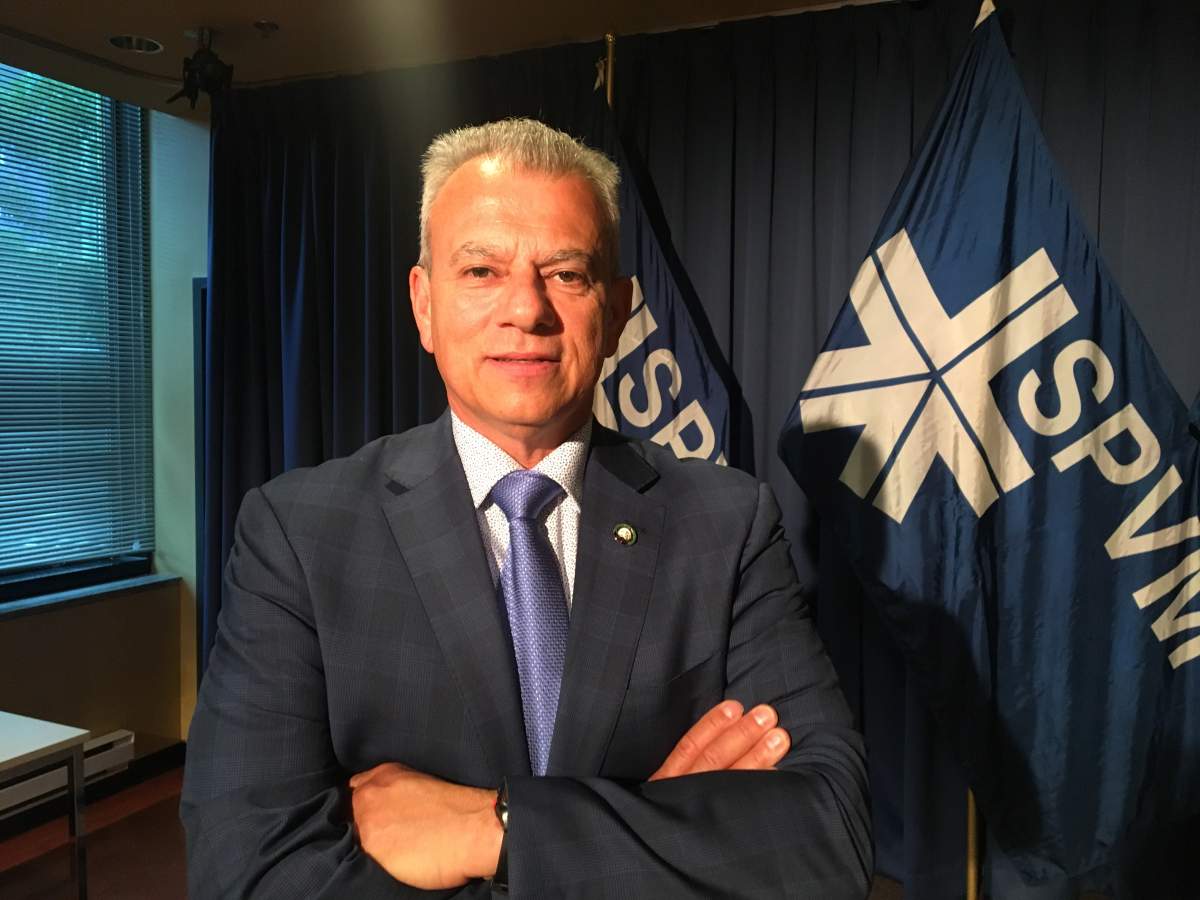Montreal public health has issued three notices in the last two months related to ongoing opioid crisis.

It’s believed fentanyl is currently circulating in high doses and public health warns it’s important for people to call 911 for help and administer an antidote as quickly as possible.
Global News recently discovered that Montreal police officers are still not equipped with the known antidotes naloxone or narcan.
Other police forces in Quebec and Ontario claim the tool has save many lives since they started using it two years ago.
“In 2018 we deployed the naloxone in January,” said Quebec city police spokesperson Pierre Poirier. “The reason for that is to prevent and treat the police officers or employees who could be in contact with an opioid.”
As it turns out, police officers or investigators in the provincial capital have never had to administer the antidote to themselves. But they have used it to save 18 lives since their officers were trained and equipped with the life-saving nasal spray.
“If the paramedics are not able to come soon or in a short time, that’s the reason we are using it,” said Poirier.
Quebec City and Toronto police were among the first forces in eastern Canada to train and equip officers.
“All the police officers need to take the online training,” said Poirier, adding that, “it’s very simple to use.”
Toronto police officers have saved 51 lives with naloxone since they started using it exactly two years ago.
“In the official rollout in July 2018, 1034 officers received naloxone,” said Toronto police Insp. Paul MacIntyre. “It was on July 31 that one of our officers issued it for the first time.”

Get weekly health news
Montreal police have yet to distribute naloxone kits but insist the training process has already started and officers will be able to administer the nasal spray sometime soon.
“It should be brought into service with our front-line units in early fall,” said Cmdr. Michel Bourque with the Montreal police organized crime unit.
Montreal police has partnered with public health to tackle the problem and focus on prevention. Police seized large amounts of fentanyl and heroin among other drugs in a recent bust operation in the Montreal borough of Lachine on July 14th. Two suspected dealers from the same location had to be hospitalized after overdosing.
They were later charged and are expected to appear in court.
“Both public health and the police force are on the lookout for any information that would help us to detect any other fentanyl which would be distributed in our area,” said Bourque.
“There’s a very strong possibility that you are going to overdose on that specific drug.”
Montreal public health’s latest notice issued on July 17 warned about “the presence of crystallized powder of different colours currently on the market in Montreal,” noting that the sometimes “purple, turquoise blue, green and brown” substances are sold in plastic bags, with the only psychoactive being fentanyl, which is “40 times stronger than heroin and 50 to 100 times stronger than morphine.”
In the case of an overdose “it’s important to quickly call 911 for assistance,” the public health notice states.
In Toronto, officers have also noticed an uptick in overdoses and have had to use naloxone seven times since the beginning of July. In every case, it saved the person’s life.
“If we’re going to be first (on the scene) in those circumstances it makes more sense really for us to be carrying it,” said MacIntyre.
“It’s a drug that can’t hurt. It’s a win-win for the community because with officers carrying it, everybody is safer as a result.”












Comments